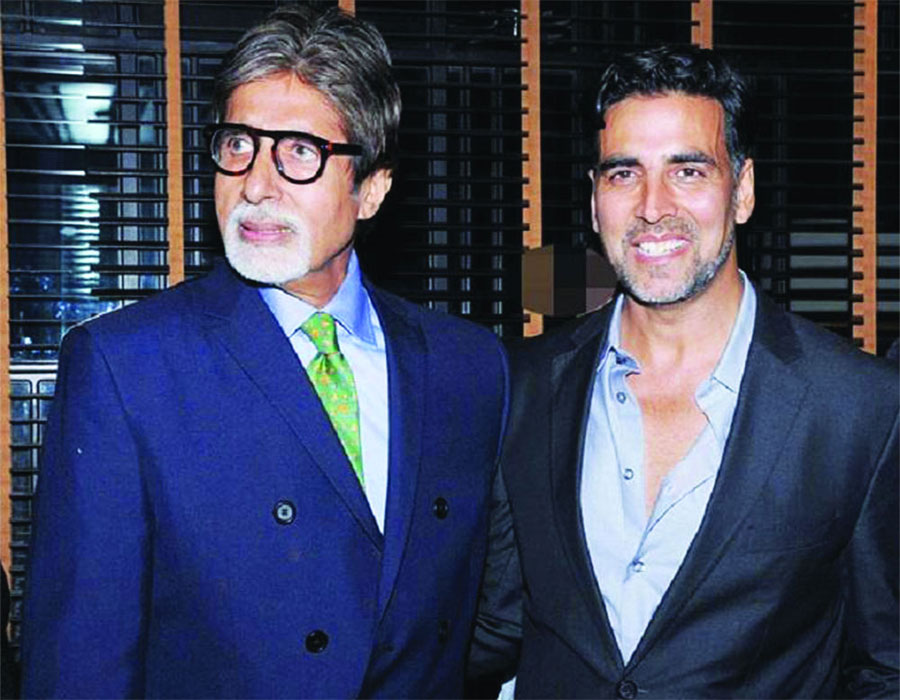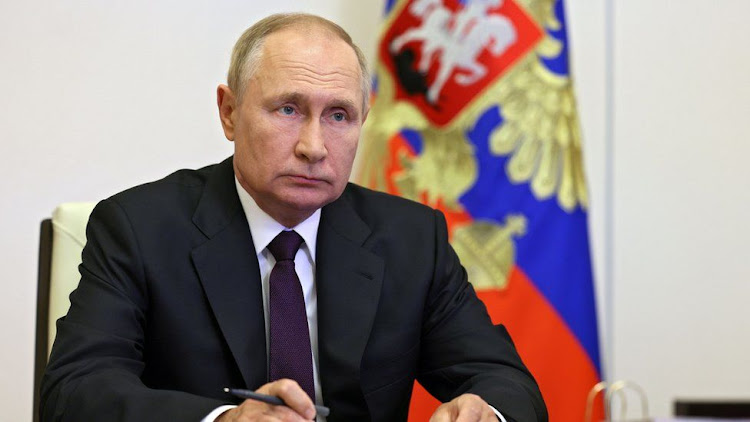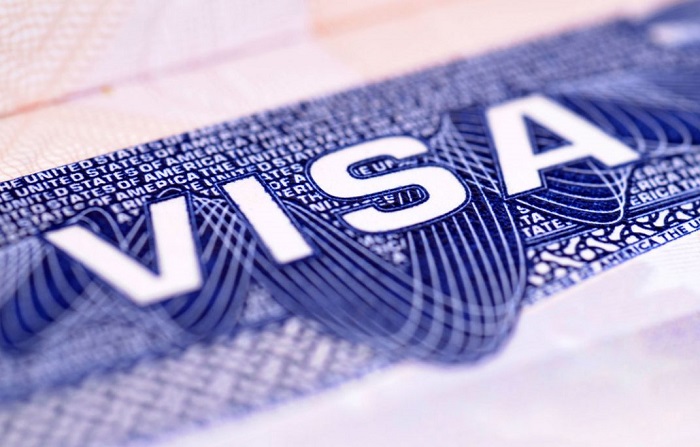The official Covid awareness campaign is not targetted at real life situations that have arisen post lockdown. This has undermined preventive measures
A Supreme Court Bench recently reprimanded the Government on its Covid-19 containment measures and asked the Centre as well as the worst-affected States to file status reports. What’s still going wrong when the national recovery rate is at an all-time high of 93 per cent plus and the number of new infections has dipped to below 40,000 per day, down from 80,000 during September? However, when the Supreme Court notes that the scenario is grim, it implies that winter could undermine the gains made so far, with the Covid-19 awareness campaign in the unlock period being one of the weakest links in the chain.
On October 7, Information and Broadcasting Minister Prakash Javadekar announced that posters, banners and stickers about Covid prevention would come up at public places, metros, auto rickshaws and public transport soon. Though this writer’s world has shrunk during the last eight months, being confined mostly to home, still he has not noticed any such outdoor publicity material being put up in his modest South Delhi locality. The awareness campaign, since the beginning of the outbreak, is confined mostly to electronic media. Print media advertising lost its reach after many readers unsubscribed newspapers, fearing they might be Corona-infected. The other medium is mobile phone, where the Covid caller tune is frankly about force-feeding. Existing campaigns were perhaps helpful until May 31, when the total lockdown was in force. As the Unlock 1 phase began on June 1, new interactive situations began to multiply. The rate of infections got accelerated on expected lines. The awareness campaign, however, remained dated by refusing to take new situations into consideration. It, therefore, came to resemble a sermon and sounded preachy.
Amitabh Bachchan is the face of the Government’s Covid awareness campaign like he had been for Swachh Bharat Abhiyan. It happens only in India that a Padma Vibhushan awardee can appear in an ad campaign for gold loans and pulse polio drops with equal zeal. Ideally, he should have been removed from the campaign after he himself contracted Covid in July. Alternatively, he should have been re-launched with a new ad script, depicting him as a Covid survivor. However, that did not happen.
Another TV spot featuring Akshay Kumar for Doordarshan (on precautions in the Unlock era) is more appalling. It shows the actor encouraging a senior citizen to go to work by wearing a mask. This clearly militates against the Government’s advisory for senior citizens to avoid venturing outdoors. Akshay further states that the Government had made sufficient arrangements for people even if they had contracted Covid. This affirmation is completely out of sync with reality in most States. The campaign ambassador perhaps implied only the Modi Government. However, the subject of public health and sanitation, hospitals and dispensaries is covered by the State List under the Seventh Schedule (Article 246). It is also covered under the Panchayat List under Article 243G. Broadcasting, being part of communications, is placed on the Union List under Seventh Schedule. Thus Doordarshan failed abjectly to develop a State-specific Covid awareness campaign reflecting local realities. While the publicity drive seems to be run by Mandi House mandarins, by employing Mumbai denizens like Amitabh Bachchan, Akshay Kumar and Sachin Tendulkar, they forgot that the brunt of healthcare is left to the States.
As Unlock phases progressed from June 1, it was expected that the awareness campaign would become more localised. An end- to-end information campaign could have helped reduce the case load. While many Covid survivors volunteered to donate plasma to save the lives of other patients, they could have helped more by sharing the lessons learnt. It would have helped if we could have produced an information bank, albeit maintaining strict confidentiality, about how possibly those patients contracted Covid. For instance, what percentage of newly-infected people observed protocols or were negligent about them. How many think they got it by using public transport, venturing out in a market place or eating out in the company of strangers at restaurants and so on.
The Government was admittedly in a cleft stick situation. It had to decide between containing rising cases and reviving the economy. Emphasising one could hurt the prospect of the other. The cold season knocked earlier than usual this year and the NCT of Delhi is one of the worst-affected regions with pollution picking up. The fall-winter is also the season for festivities and weddings when the business picks up post-monsoon. In order to replenish their depleted revenue coffers, the Centre as well as the Delhi Government chose to look the other way on a containment drill such conditions warranted. The result was the quadrupling of infections in Delhi. When Governments wrestle against their conscience, they usually win. An example of conflict between commercial and public health interests could be seen in the Delhi Government’s decision to reverse its order within 24 hours on closure of Punjabi Basti market and Janata market in the Nangloi area for flouting pandemic norms. With all large markets in Delhi open for business, the disease protocol is hardly being followed anywhere.
By November 24, India had conducted a total of 13.3 crore (13,36,82,275) tests in its 2,134 laboratories. The number, though large, represents only 10 per cent of India’s estimated population. There is a strong chance that a significant segment of the untested population acts as asymptomatic carriers. A majority of people tend to feel that seemingly healthy people – whether they are colleagues, neighbours or relatives – are disease-free. They tend to socialise with them even without minimally protective face masks. At fast food eating joints, many don’t hesitate to eat (naturally without masks) alongside complete strangers. It hardly occurs to them that the other person could either be an asymptomatic carrier if not passing through the incubation period. The Government ad campaigns have failed to educate them upon this aspect. They have even failed to educate people on immunity-boosting methods as prescribed by the AYUSH Ministry. Taking up real-life situations in campaigns could have helped in stalling this surge. One could easily have used animation or claymation if actual shooting involving human beings was problematic. Till we drill the risk factors graphically in the common man’s mind, a Bollywood star cannot do much.
(The writer is an author and independent researcher based in New Delhi. Views expressed are personal)








 OpinionExpress.In
OpinionExpress.In















Comments (0)